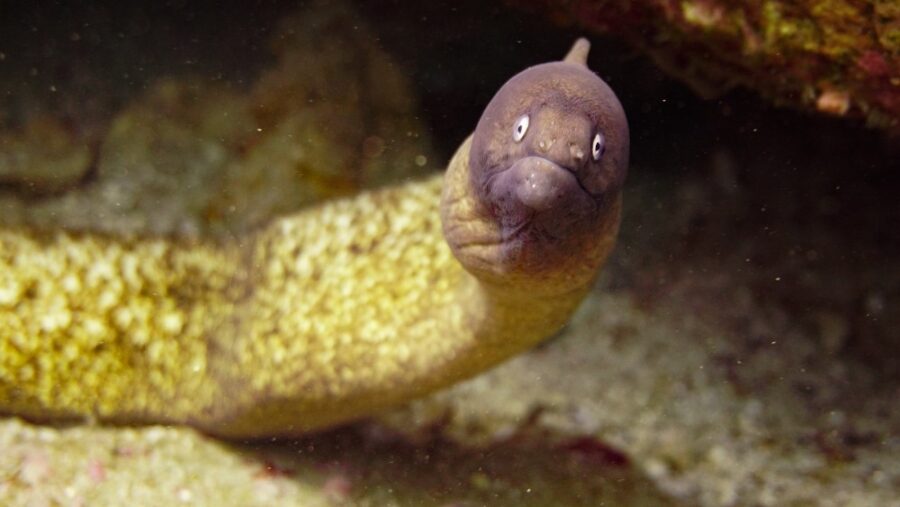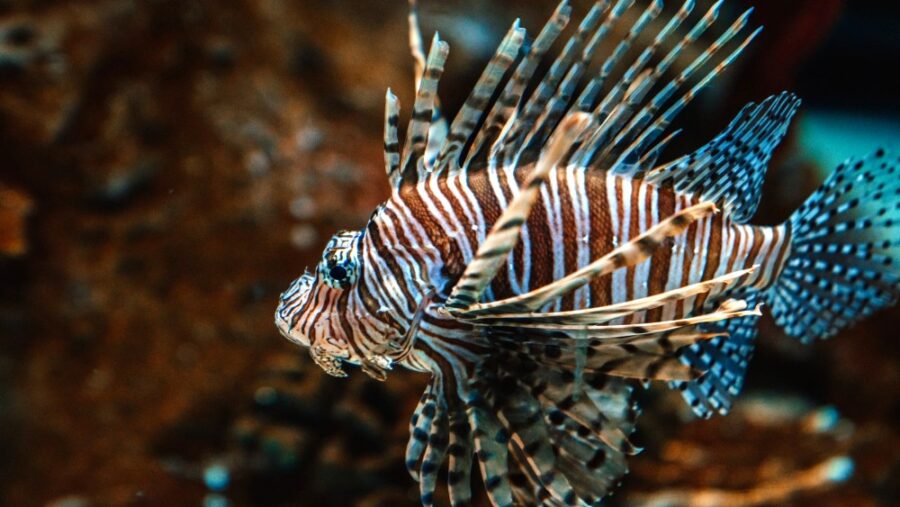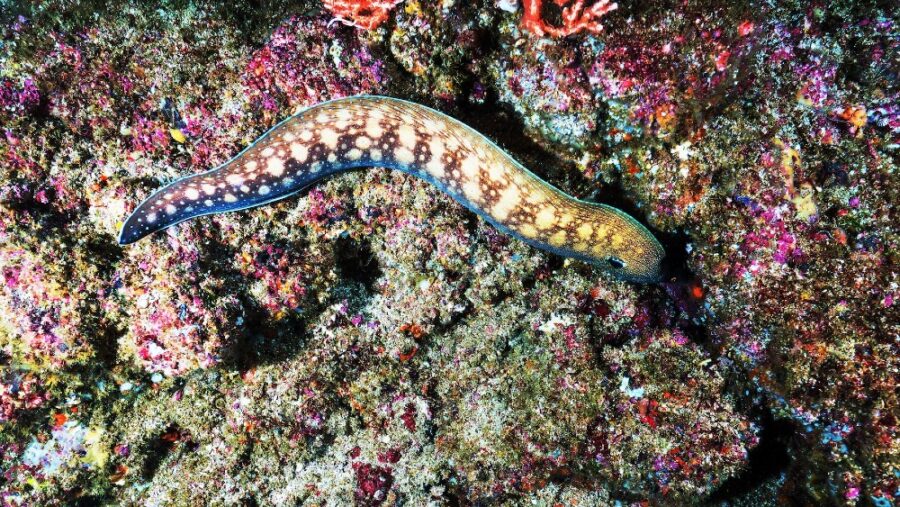Electric Eels Able To Affect Genetic Modification With Their Power?

Per a recent report in Science Alert, electric eels may have intriguing electrical powers that alter genetic structure as we know it. Though it has been known for quite some time that certain eels contain electric discharge capabilities strong enough to charge the average laptop or other electrical device, new studies seem to confirm that eels have the ability to shock nearby organisms with enough force to change their entire genetic structure. With over 860 volts of energy, certain kinds of eels have shocked glowing powers into the DNA of baby zebrafish during recent trials.
Electric Eels Can Change A Species DNA With Its Shock

Scientists say these changes in DNA occur because electric eels generate enough electricity to effectively punch holes into cell membranes, allowing some of their own biological data to permeate. This means that certain species of fish known for sharing spaces with electric eels may soon find themselves glowing like a school of deep-water Christmas decorations.
Researchers in Japan, led by Nagoya University molecular biologist Atsuo Iida have conducted a number of experiments in controlled environments to confirm these studies, with eyebrow-raising results.
Zebrafish

While the fluorescent genes were shown to be active in only five percent of zebrafish larvae tested, these figures represent a non-negligible amount of DNA transference in the wild. Iida explained in a statement to the press that the electric eel discharge promotes gene transfer not unlike the kind seen in clinical electroporation trials. Electroporation refers to the use of high-voltage pulses commonly used to deliver dyes, tracers, and antibodies to DNA and RNA strands in living creatures.
How The DNA Is Modified

Under normal circumstances, cell membranes prevent foreign molecules from getting inside, utilizing a layer of fat that wraps around the perimeter of the cell. When these molecules are zapped with enough electricity however, either by man-made objects or electric eels, the fatty layer is melted and temporary pores can open up, allowing the DNA contained in the cell to be modified.
Some scientists maintain an unproven theory that lightning strikes have been responsible for this process as well, with soil samples actively being researched in service of this hypothesis.
Where It’s Happening

The electric eels responsible for producing this much power are most commonly found in the Amazon River, where an abnormal amount of electric discharge has been produced. Scientists have dubbed the exchange of genes caused by electric eels ‘horizontal gene transfer,’ referring to the transfer of cell data which comes from an organism outside of traditional mating practices. Other examples of horizontal gene transfers have been observed in plants and whiteflies, as well as tardigrades and fungi.
More Research Needed

Iida’s study doesn’t conclusively confirm that electric eel gene transfers are occurring en masse in the wild, though it does prove that such transfers are possible. Scientists have begun trials within the Amazon River to dig up more data on genetic evolution within the region, with an interest in a number of possible environmental factors. As science continues to bring us new discoveries of the Earth’s most fascinating creatures with each passing day, it seems that humanity will never run out of intriguing studies to conduct.












